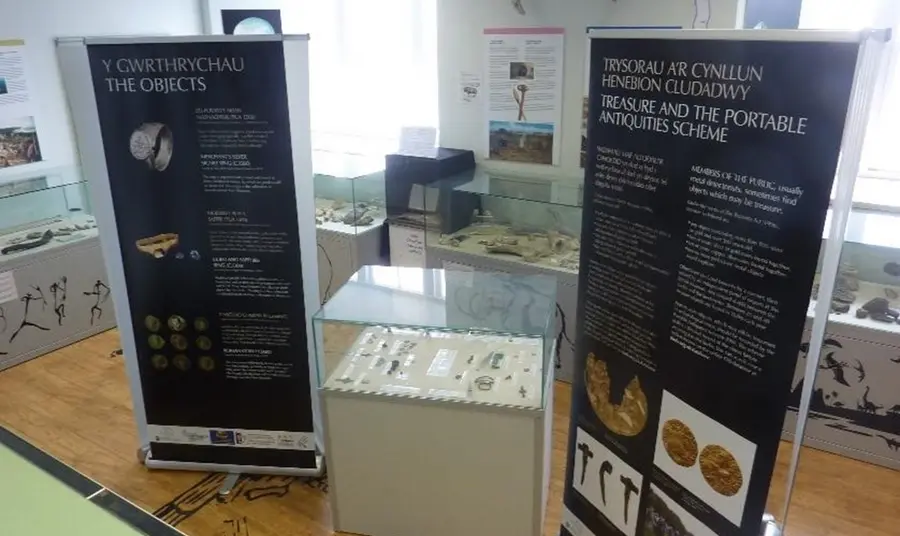
Collecting Cultures
The project
Saving Treasures: Telling Stories was a Welsh Partnership Project that sought to collect archaeological objects through the Portable Antiques Scheme (PAS). This is a scheme managed by the British Museum and Amgueddfa Cymru – National Museum Wales – that records archaeological items discovered by the public.
The project aimed to create a long-term collecting culture, by:
- acquiring artefacts for collections across the country – helping small, volunteer-run museums
- promoting the archaeological heritage of Wales through learning and participation
- bringing together metal detector clubs, local museums and diverse communities to engage with items
The organisation
The collaborative project had three key partners:
- Amgueddfa Cymru – National Museum Wales: a Welsh Government-sponsored body that comprises seven museums across Wales, including National Museum Cardiff
- The Federation of Museums and Art Galleries of Wales (The FED): a registered charity for museum and art gallery professionals in Wales
- Portable Antiquities Scheme in Wales (PAS Cymru): a scheme which encourages public discovery of archaeological items, usually through metal detectorists
The funding
In 2014, Saving Treasures: Telling Stories received £349,000 from The National Lottery Heritage Fund’s Collecting Cultures Programme.
The funding’s purpose was to enable museums across Wales to acquire masses of new material being reported by detectorist communities each year. Various museums across Wales, including Museum of Cardiff, had never acquired treasure (such as gold and silver objects more than 300 years old) prior to the project.
Acquiring these objects to study and analyse was very important. It meant that museums could build up a picture of Wales as a nation and allow the public, and future generations, to get a better sense of place and identity.
The results
The project was able to help 27 local museums acquire a total of 170 artefacts. More than half were acquiring archaeological artefacts for the first time. The objects ranged from the Bronze age to the 18th century.
A key example was the Iron Age Chariot Burial in Pembrokeshire. This discovery was made by a detectorist in early 2018, and gained international recognition. It provided a unique opportunity for archaeologists and historians to investigate how the chariot was buried.

Another notable find was the Bonington Hoard. This was a collection of medieval coins and jewellery buried during the War of the Roses. Wrexham County Borough Museum enabled schoolchildren to visit and handle the ancient artefacts using special gloves.
Older learners, such as journalism students from the University of South Wales, also benefited from the project, through experience days set up by local museums. Plus, heritage training days enabled a total of 140 people to benefit from learning new skills.
Meeting our outcomes
Saving Treasures managed to meet our outcomes for people, communities and heritage.
Wales’ local museums involved in the project built resiliency through the collaboration of skills sharing, loans and exhibitions. The project brought communities together intergenerationally – from schoolchildren to a total of 110 volunteers. This has helped raise the profile of heritage in Wales.

Saving Treasures also met criteria for the Well-being of Future Generations Act. This Act encourages public bodies in Wales to think about the long-term impact of their decisions.
The future
A long-term legacy of the project is the transformation of relationships:
- the improvements to relationships built between Amgueddfa Cymru and local museums
- the relationships between detectorist communities and the local museums – now, detectorists are more willing to lend artefacts.
Top tips
A key learning from Saving Treasures was the approach made by Amgueddfa Cymru to work collaboratively with local museums. It is recommended that main bodies do not impose approaches, but instead benefit from networking and relationship building.
Additionally, Amgueddfa Cymru and partner museums found that project administration demands were significant and beyond what was expected at the outset. It is recommended to ensure that extra resources are made available for this.